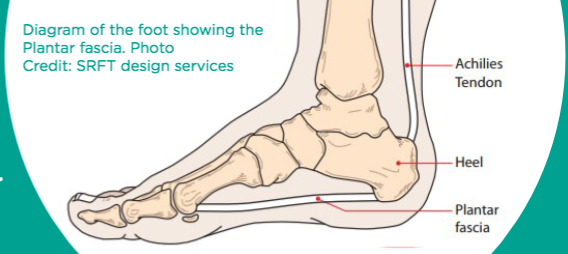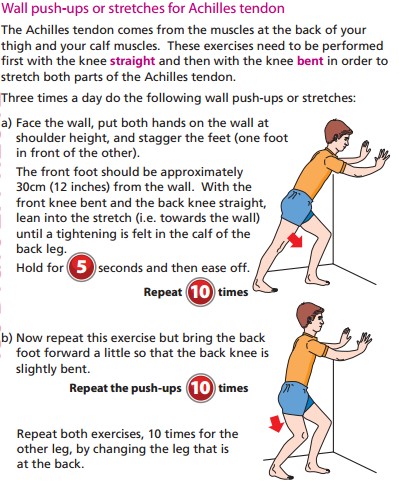Foot conditions
Taking care of your feet
The feet can be affected in several different ways in scleroderma, and they are involved in the onset of the condition for many people. There are many things you can do to look after your feet particularly if you have scleroderma or Raynaud's.
There are many things you can do to look after your feet particularly if you have scleroderma or Raynaud's. Here are a few pointers:
- Moisturise your feet as often as you can, ideally three or four times a day, being careful not to leave any cream between your toes. Something quite simple such as aqueous cream or E45® are popular choices (these may be bought at the chemist or may be available on prescription).
- Inspect your feet daily – as you moisturise or put on your footwear, take a note of any changes in the skin. If you are concerned seek medical advice.
- Choose footwear that doesn't rub and allows plenty of room for adequate socks or tights. A thick sole may help protect against the cold, and the use of a thermal insole is recommended if your footwear can accommodate one.
- Some people with systemic sclerosis experience a feeling of 'walking on pebbles', particularly when walking on uneven surfaces. This may be due to changes in the fibro-fatty pad that normally protects the ball of the foot. This discomfort can be relieved with the help of a podiatrist. They can provide appropriate padding or the use of footwear with a thick sole that will add a layer of protection to the ball of the foot.
- Scleroderma can lead to an increased incidence of in-growing toes nails, which can be both painful and prone to infection. Ideally cut your nails in a line straight across the free edge of the nail. Nails may become thicker or you may experience difficulty managing to physically reach down and manipulate clippers. Seek help from a chiropodist or podiatrist.
- Whatever your concerns are about your foot health, it's worth asking to be referred to NHS podiatry services for a full podiatric assessment.
Foot pain

Foot and heel pain can be down to a variety of different causes. If you have scleroderma, you may have tender problem areas on your feet. For those of you diagnosed with Raynaud's, your feet can be one of the most painful areas; an episode can result in numbness, pain or pins and needles in your feet. But if you are suffering from shooting pains in your heel and along the arch of your foot, and it hurts more in the morning or when you first stand up, chances are that it is plantar fasciitis.
The plantar fascia is a thick band of tissue which runs along the sole of your foot, connecting your heel to your toes. Damage in the form of tiny tears can cause it to thicken; this is what leads to the characteristic shooting heel pains. The damage can occur suddenly as the result of an impact (for example when playing sport) or over time, especially in people over the age of 40.
There are several ways to keep your heels healthy. Maintaining a sensible BMI puts less stress on your feet; obese people are more likely to have the condition. Make sure your shoes fit well and are supportive.
Rest the affected foot whenever possible. Avoid walking long distances and standing for long periods.
Orthoses
Orthoses are insoles that fit inside your shoe to support your foot and help your heel recover. You can buy orthoses off-the-shelf from sports shops and larger pharmacies. Alternatively, your podiatrist should be able to recommend a supplier.
If your pain doesn't respond to treatment and keeps recurring, or if you have an abnormal foot shape or structure, custom-made orthoses are available. These are specifically made to fit the shape of your feet.
However, there's currently no evidence to suggest that custom-made orthoses are more effective than those bought off-the-shelf.
Pain relief
Some people also find applying an ice pack to the affected heel for five to 10 minutes can help relieve pain and inflammation. However, don't apply the ice pack directly to your skin. Instead, wrap it in a towel. If you don't have an ice pack, you can use a packet of frozen vegetables.
Exercise
Wearing flip flops or high heels every day can seriously stress your feet out. If you are a keen walker or runner, making sure you warm up and stretch before exercising is crucial, and you should replace your running shoes regularly.
Stretching
Keep a long towel beside your bed. Before you get out of bed in the morning, loop the towel around your foot and use it to pull your toes towards your body, while keeping your knee straight. Repeat three times on each foot.
Here are some stretching exercises to try:

With thanks to Dr Will Gregory MSc, Advanced MSK Practitioner, Salford Royal NHS Foundation Trust for providing some of this information.

